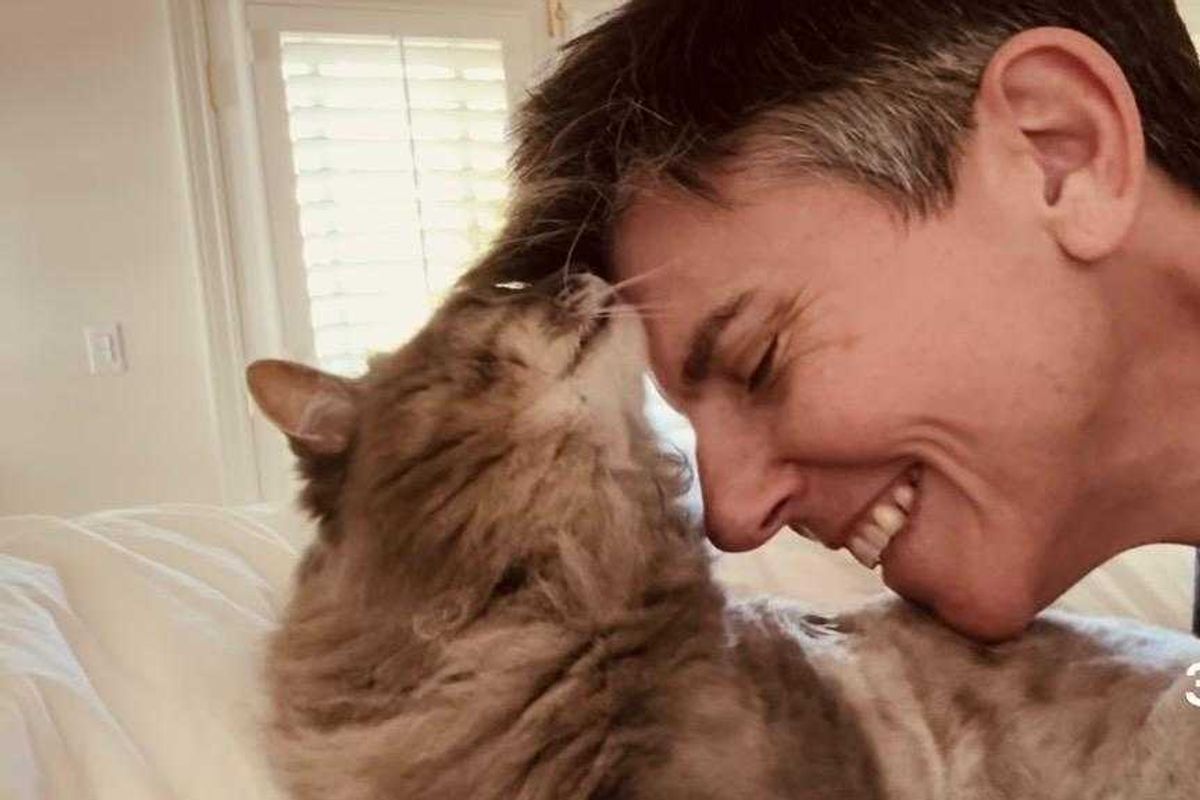A major university in the South just removed its Confederate statues overnight.
Bravo, Texas.
The University of Texas at Austin quietly removed four campus statues honoring the Confederacy on Aug. 21, 2017.
Monuments of generals Robert E. Lee and Albert Sidney Johnston, as well as Confederate politician John Reagan and Texas' 20th governor, Stephen Hogg, were hauled off campus overnight, just 10 days before fall classes start, The New York Times reported.
Preserving history is important, university president Greg Fenves said in a statement, but the symbolism behind those statues "run counter to the university’s core values."
"We do not choose our history," Fenves said. "But we choose what we honor and celebrate on our campus."
The university's swift decision comes amid a growing movement to remove Confederate monuments from public spaces.
Last week in Tampa, Florida, donations poured in to move a Confederate monument from the city's downtown area. Organizers had 30 days to raise adequate funding to get the job done — they raised it in 24 hours.
The day before that, news broke that Baltimore removed all four of its Confederate monuments in a span of hours. The University of Texas followed in the city's footsteps, taking action in the dead of night.

The push to remove Confederate monuments follows the deadly protest by white supremacists in Charlottesville, Virginia, in reaction to the city's decision to remove a statue of Robert E. Lee. A believed far-right terrorist allegedly murdered counter-protester Heather Heyer with his car, injuring at least 19 others in the attack. Those events pushed the University of Texas to act.
In his statement, Fenves touched on a vital point about many Confederate monuments that often gets glossed over in the debate surrounding their relevance in today's society: Those statues aren't so much about honoring history as they are about upholding racism.
“Erected during the period of Jim Crow laws and segregation, the statues [at UT-Austin] represent the subjugation of African Americans," Fenves explained. "That remains true today for white supremacists who use them to symbolize hatred and bigotry.”
Most Confederate statues, like the ones in Austin, were constructed with less than admirable intentions several decades after the Civil War.
The Civil War ended in 1865, yet the bulk of Confederate monuments were erected between 1890 and 1940, according to a the Southern Poverty Law Center. Another surge in statue construction occurred during the civil rights era of the 1960s.
A worker measures the Jefferson Davis monument in New Orleans ahead of its removal in May 2017. Photo by Justin Sullivan/Getty Images.
Most of the new monuments coincided with "the height of Jim Crow, of state-sanctioned segregation, disfranchisement, and lynching," Purdue University history professor Caroline Janney explained to Business Insider. Their construction wasn't so much to preserve history as it was to assert white supremacy in prominent public spaces.
"The fact that they were placed on the grounds of county and state courthouses was intentional," Karen L. Cox, a professor of history at the University of North Carolina-Charlotte, told the Tampa Bay Times. "The message: white men are in charge."
To be clear, there absolutely should be a place for learning about the Civil War and Confederate leaders.
But it should probably be in classrooms and libraries — not via monuments that idolize the men who fought to uphold slavery.
- Man calls out school board member after she's caught shopping during hearing on racism - Upworthy ›
- Taking down statues isn't erasing history—it's making history, literally - Upworthy ›
- Mississippi town mayor fights back tears as he signs order to remove confederate flags - Upworthy ›
- Residents fought over a Confederate statue for months. Hurricane Laura made the final decision. - Upworthy ›



 Meatloaf was a staple dinner.
Meatloaf was a staple dinner. Spaghetti is still a classic.
Spaghetti is still a classic. Why were pork chops so popular?
Why were pork chops so popular?


 First Lady Jacqueline Kennedy greets guests before a reception for the Wives of American Society of Newspaper Editors Members.via
First Lady Jacqueline Kennedy greets guests before a reception for the Wives of American Society of Newspaper Editors Members.via  A gorilla walking on its knuckles. via
A gorilla walking on its knuckles. via 
 Cooking at home is almost always cheaper than eating out, and often significantly so.
Cooking at home is almost always cheaper than eating out, and often significantly so. Bulk spices often cost a fraction of what they cost in jars.
Bulk spices often cost a fraction of what they cost in jars. Growing your own food can save you money.
Growing your own food can save you money. Biking is free.
Biking is free. Public libraries are treasure troves of free items to borrow.
Public libraries are treasure troves of free items to borrow.